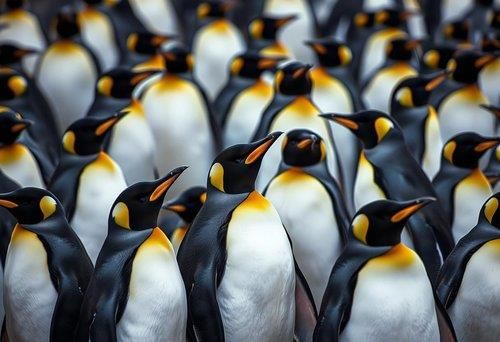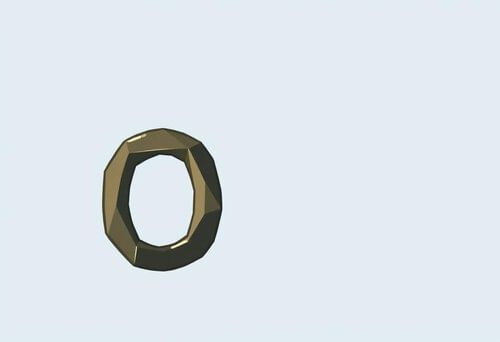|
Integers include positive numbers (1, 2, 3, ...), negative numbers (-1, -2, -3, ...), and zero (0). |
Card: 2 / 32 |
|
When adding large integers, what is the total number of penguins if there are 35 male, 38 female, and 22 juveniles? |
Card: 3 / 32 |
|
Fill in the blank: Estimation helps check calculations, for example, estimating 13656 - 2419 is approximately ___ - ___. |
Card: 7 / 32 |
|
Riddle: I can be positive or negative, and I can count the depth of a diver or the number of animals in a zoo. What am I? |
Card: 9 / 32 |
|
If you estimate the result of 13656 - 2419, what is a reasonable approximation? |
Card: 11 / 32 |
|
What is the result of subtracting 8 from 4, and how does this relate to the concept of movement on a number line? |
Card: 13 / 32 |
|
The result is -4. This means starting at 4 and moving 8 units to the left on the number line. |
Card: 14 / 32 |
 Unlock all Flashcards with EduRev Infinity Plan Starting from @ ₹99 only
|
|
If the temperature at 8 a.m. is -1°C and it rises by 4°C, what is the new temperature? |
Card: 19 / 32 |
|
Fill in the blank: The difference in diving depth between a sperm whale (3000 m) and an elephant seal (1500 m) is _____ m. |
Card: 21 / 32 |
|
True or False: The temperature difference between London (4°C) and Oslo (-5°C) is 9°C. |
Card: 23 / 32 |
|
Riddle: I start at a negative number and move right. If I begin at -1 and move 2 units, what number am I? |
Card: 25 / 32 |
|
If a temperature starts at -1°C and rises by 4, what is the mathematical expression used to calculate the new temperature? |
Card: 29 / 32 |
|
What is the mathematical representation of finding the difference between two values? |
Card: 31 / 32 |






















